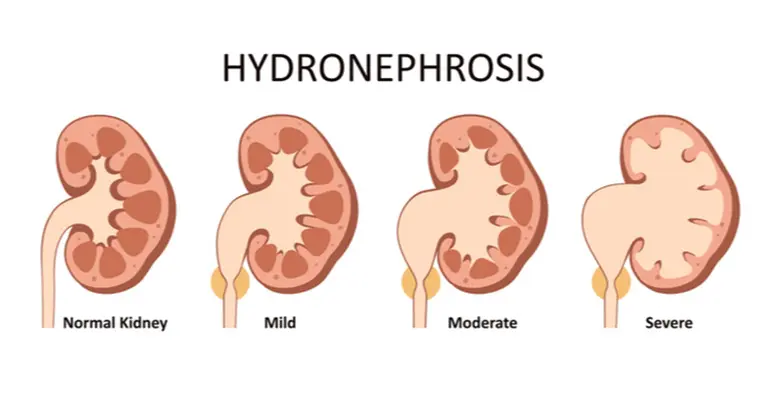-
-
Featured Care Areas

Hydronephrosis (Kidney Swelling)
What is hydronephrosis?
Hydronephrosis is the swelling of the kidney caused by the build-up of urine in the kidney.
Hydronephrosis is caused by the blockage of the urine flow in the ureter (the tube that removes urine from the kidney into the bladder.
This condition is usually congenital, which means babies are born with it.
What are the symptoms of hydronephrosis?
Infants with hydronephrosis may display few or no symptoms.
Children with moderate to severe hydronephrosis may experience the following:
- Pain in the abdomen
- Back and side pains
- Blood in the urine
- Persistent urge to urinate
- Fever
- Vomiting
What causes hydronephrosis?
From the kidney, urine normally passes through the ureter and drains into the bladder before being flushed out of the body. However, when a blockage occurs at any part of the urinary tract or when there is urine reflux, the kidneys may swell.
Hydronephrosis can be caused by:
- Blockages. These can occur:
- Where the kidney meets the ureter
- Where the ureter meets the bladder
- Within the urethra
- When the ureter is incorrectly attached to the bladder
- Backflow of urine into the kidneys. Also known as vesicoureteral reflux, this happens when urine incorrectly flows from the bladder back up into the kidney. As a result, the kidney does not empty itself, causing it to swell.
- Genetic reasons. This can occur with other conditions in the infant.
- Unknown reasons. This is known as idiopathic hydronephrosis.
What are the complications and related diseases of hydronephrosis?
Typically, hydronephrosis in children resolve early in life. Even in cases where hydronephrosis does not resolve early, the child can still lead a normal life.
However, there are some cases of hydronephrosis in children that are severe and may lead to complications and other diseases if left untreated. These complications include:
- Urinary tract infection (UTI). When a child has moderate to severe hydronephrosis, there is a higher risk of developing UTI.
- Scarring of the kidney. Untreated kidney swelling can negatively affect the child’s kidneys. In the long run, it can cause kidney scarring or permanent kidney damage.
- High blood pressure. If left untreated, hydronephrosis can lead to hypertension.
- Kidney failure. In some cases, untreated hydronephrosis can lead to kidney failure, which means the kidneys can no longer function.
This page has been reviewed by our medical content reviewers.
Need help?
For enquiries, please call
+65 6377 3737
For appointment bookings, please WhatsApp
+65 8111 3777



